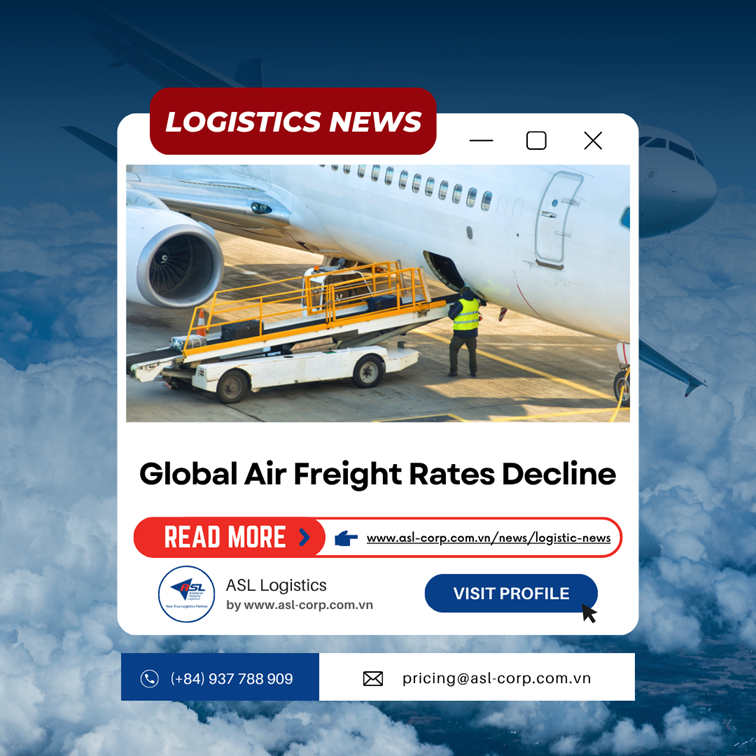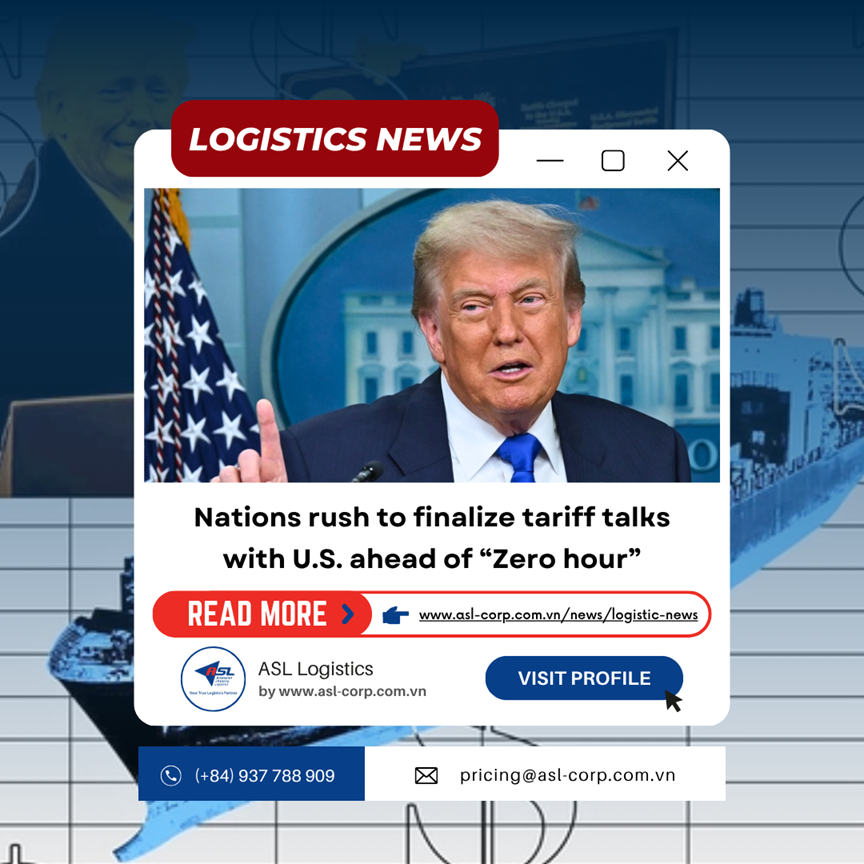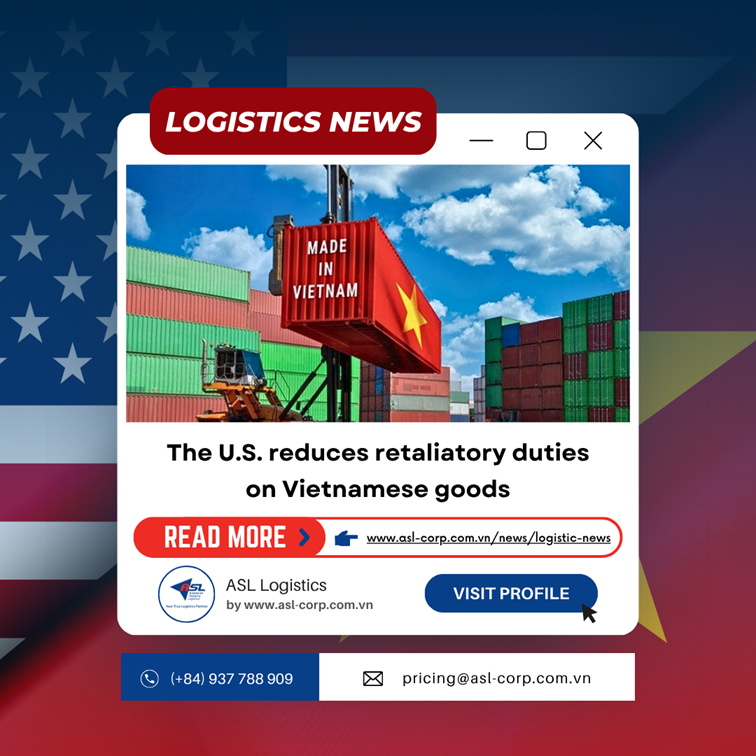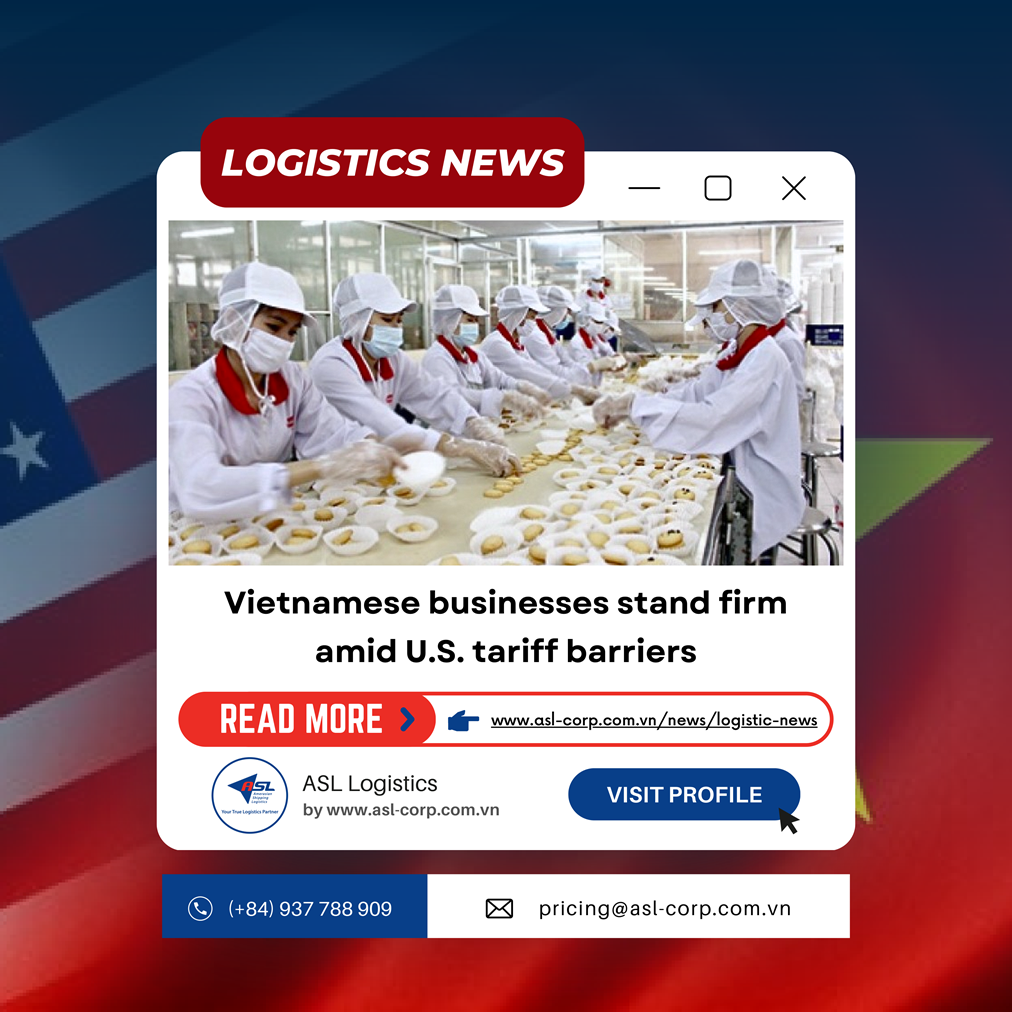Logistic News
THE PROCESS OF IMPORTING GOODS FROM A TO Z
19 May 2025
With its cost efficiency and high cargo capacity, sea freight remains the top choice for import-export activities. However, to ensure a shipment moves smoothly from booking to warehouse delivery, importers must understand the process thoroughly and systematically. In the following article, ASL Logistics provides a detailed step-by-step guide to sea freight import procedures from A to Z — helping you save time, reduce costs, and minimize risks in international trade.
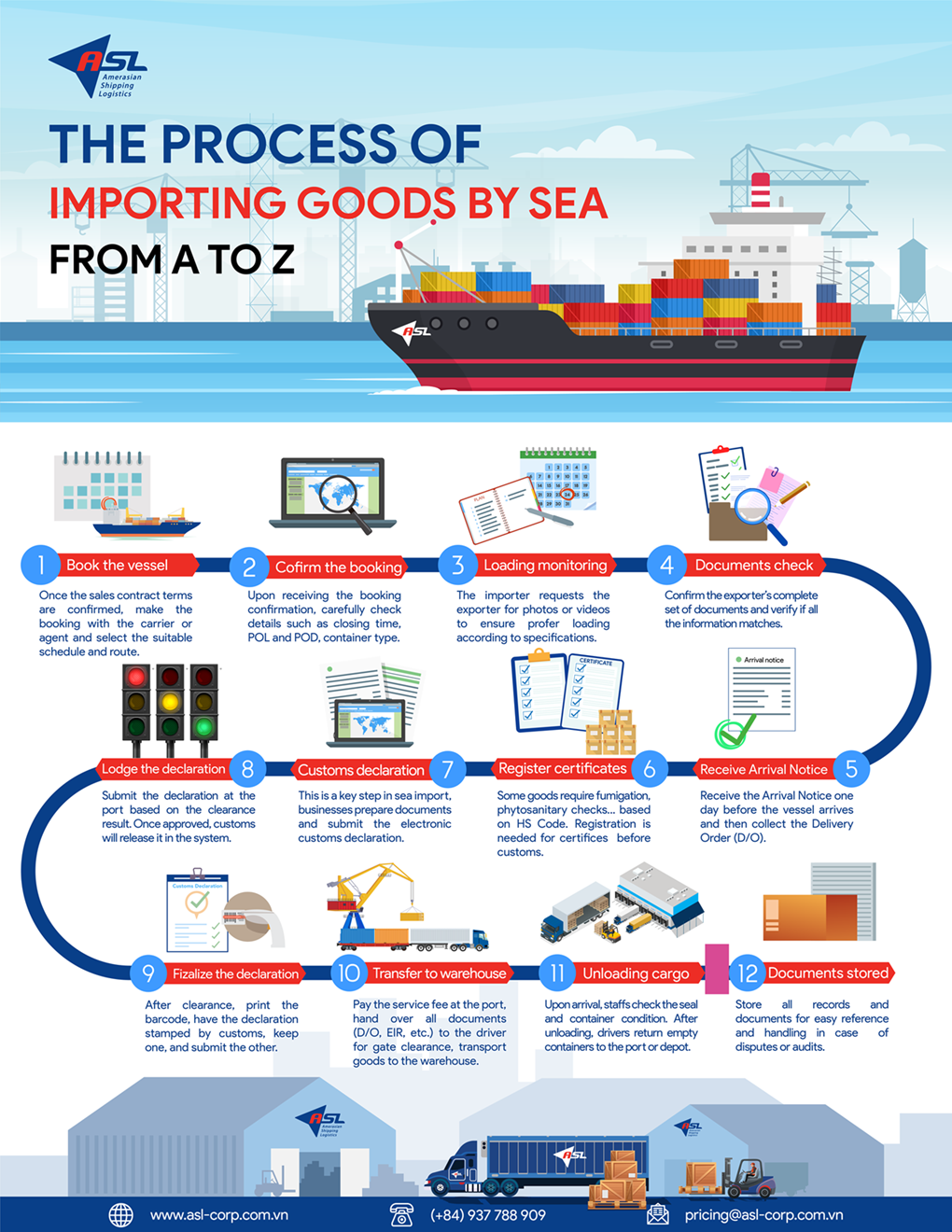
Step 1: Book the Vessel (Booking)
The importer discuss and agree with the exporter (NXK) on the sales contract terms. Subsequently, proceed with booking the vessel with the shipping line or agent, selecting an appropriate schedule and container type that meets transportation needs.
Step 2: Confirm Booking and Verify Information
Upon receiving the booking confirmation from the shipping line, verify key details such as:
-
Loading date
-
Port of origin and destination
-
Container type and size
-
Special requirements (e.g., refrigerated goods, hazardous materials)
Note: Carefully checking this information helps minimize errors during transportation.
Step 3: Monitor Loading Progress and Receive Updates from Exporter
The exporter loads the goods into the container according to standards and requirements. The importer may request photos or videos to ensure proper loading procedures.
Note: Photographs of the empty container ensure it is undamaged; otherwise, the importer may be liable for damages. For refrigerated goods, include temperature log photos.
Step 4: Verify and Confirm Documentation Related to the Shipment
The importer confirms receipt of the complete set of documents from the exporter and thoroughly checks that all information aligns correctly.
Step 5: Receive Arrival Notice
The importer will receive an arrival notice from the shipping line or agent at least one day before the vessel's arrival. This notice includes details such as:
-
Exporter and importer information
-
Container number and seal
-
Vessel name and voyage number
-
Cargo description
-
Local charges
Step 6: Register Required Certifications for the Shipment
Depending on the type of goods, HS code, and current regulations, the company must register for necessary certifications such as quality inspection, phytosanitary inspection, or fumigation. Failure to do so may prevent customs clearance and complicate dealings with authorities.
Step 7: Declare Customs for Imported Goods
This is a crucial step in the sea freight import process. To proceed with customs declaration, prepare the following documents:
-
Contract
-
Commercial invoice
-
Packing list
-
Bill of lading
-
Certificate of origin (if available)
-
Import license
-
Other relevant documents
Then, the company submits the electronic customs declaration online.
Step 8: Open Declaration and Clear Customs
After obtaining all necessary documents and submitting the electronic customs declaration, the next step is to open the declaration and complete customs clearance at the port. Procedures vary based on the customs channel:
-
Green channel: Company pays taxes, prints barcode, and receives goods.
-
Yellow channel: Pay taxes (before or after opening declaration), finalize declaration, and receive goods.
-
Red channel: Same as yellow, plus physical inspection of goods.
To open the declaration, the company must prepare documents including: introduction letter, channel allocation form, commercial invoice, packing list, bill of lading, and other related documents such as certificate of origin, shipping invoice, and import license (if applicable). Upon presenting valid documents to customs, the system will process clearance and allow goods release.
Step 9: Finalize Declaration
After paying taxes and clearing customs, the customer prints the barcode and presents the declaration to customs supervision at the port (at least two copies). Customs stamps and returns one copy to the customer.
Step 10: Dispatch and Transport to Warehouse
After finalizing the declaration, the customer brings the delivery order (D/O) to the port's commercial office for payment procedures. The driver receives the EIR and D/O to present to the gate supervision, allowing the goods to exit the port and be transported to the warehouse.
Step 11: Unload Goods and Return Empty Container
Upon arrival at the warehouse, staff checks necessary information such as seals and container condition. After unloading, the driver returns the empty container to the port or depot (ICD) as per regulations.
Step 12: Store Records and Documents
Customers should retain all records and documents related to sea freight imports for timely handling in case of disputes or audits.
Necessary documents include:
-
Customs records, supplementary declarations, duty-free item registrations, reports on non-taxable goods usage.
-
Records related to tax exemptions, reductions, refunds, or non-payment.
-
Documents addressing fines, late fees, or overpaid taxes.
-
Bills of lading, packing lists, technical documents accompanying goods.
-
Accounting books and related financial documents.
ASL Logistics: Your True Logistics Partner in Sea Freight Imports
With over 20 years of industry experience and a team of professional and well-equipped staffs, ASL Logistics is committed to providing flexible solutions that minimize potential risks for customers. We offer comprehensive sea freight import services with outstanding advantages:
-
Container transportation services from global ports to Vietnam through an extensive agency network via international freight associations like WCA, FIATA, connecting major ports worldwide.
-
Competitive pricing ensures quick transportation while maintaining cargo safety. Fill out the form here for the most detailed sea freight import quote!
-
Multimodal transportation solutions combining sea, road, and air to optimize costs and transit time. Customers can flexibly switch between transportation modes as needed.
See more: Multi-modal transportation service of ASL Logistics
-
Professional customs broker services to help businesses complete import customs procedures quickly and accurately.
-
Successfully signed international transport contracts with major global shipping lines such as One Line, Evergreen, MSC, Yangming, Hyundai, Cosco, offering various delivery methods like CFS-CFS, DOOR-CFS, and DOOR-DOOR.
Understanding the sea freight import process is essential for businesses to optimize time and costs in international logistics. However, effective implementation requires partnering with a reputable logistics provider. ASL Logistics offers professional sea freight services, supporting from vessel booking, shipment tracking to customs declaration, and providing diverse delivery methods like CY-CY, DOOR–CY, and DOOR-DOOR. This comprehensive solution is ideal for businesses aiming to optimize their supply chain and minimize import risks.
If you are looking for an agent assisting you the process of importing goods, contact ASL Logistics now for free consultation!
Contact ASL Logistics now for a free consultation on Sea Freight!
For consultation or a service quote, please feel free to contact us:
|
Office Locations |
Phone Numbers |
|
|
ASL Ho Chi Minh |
+84-28 3512 9759 |
pricing@asl-corp.com.vn |
|
ASL Hai Phong |
+84-225 3260 906 |
aslhp@asl-corp.com.vn |
|
ASL Dong Nai |
+84-251 883 6018 |
asldn@asl-corp.com.vn |
|
ASL Binh Duong |
+84-274 366 2707 |
aslbd@asl-corp.com.vn |
Related services: Sea Freight, Air Freight, Consolidation Service, Customs Broker Service, Domestics Trucking, 4PL Logistics Supply Chain Management, Project Cargoes Handling, Multi-modal Transportation, Warehousing Services, Shipping and Logistics Services to The U.S, ISO Tank Service, E-Commerce Services for B2B and B2C, Trucking Cross Border to Cambodia, Laos.

Head Office
ASL Hồ Chí Minh
Số 31/34A Ung Văn Khiêm, Phường Thạnh Mỹ Tây, TP. Hồ Chí Minh, Việt Nam
 Công Ty Cổ Phần Giao Nhận Vận Tải Mỹ Á
Công Ty Cổ Phần Giao Nhận Vận Tải Mỹ Á
 (+84)28 3512 9759
(+84)28 3512 9759
 (+84)28 3512 9758
(+84)28 3512 9758
 pricing@asl-corp.com.vn
pricing@asl-corp.com.vn
 mdirector@asl-corp.com.vn
mdirector@asl-corp.com.vn
 www.asl-corp.com.vn
www.asl-corp.com.vn
LOGISTICS SERVICES










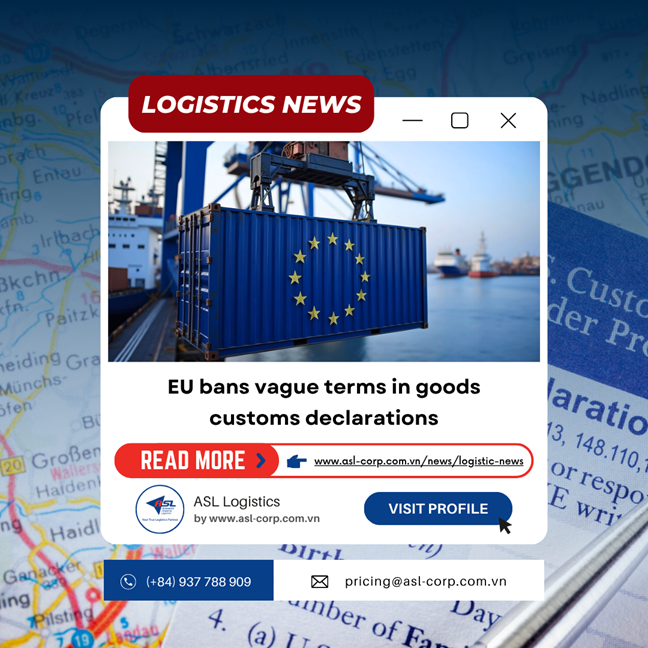
.png)
.png)

.png)

